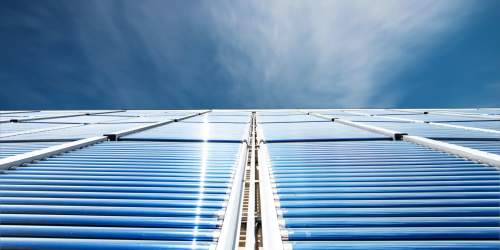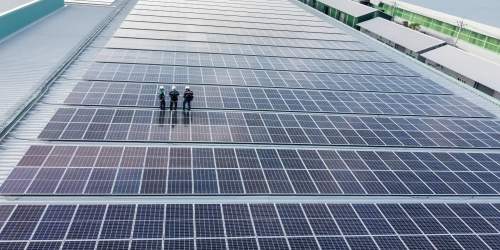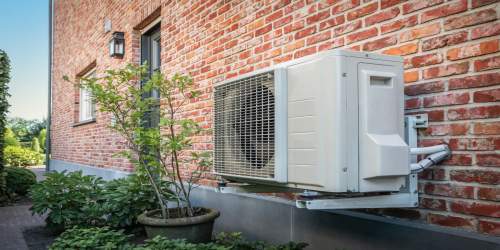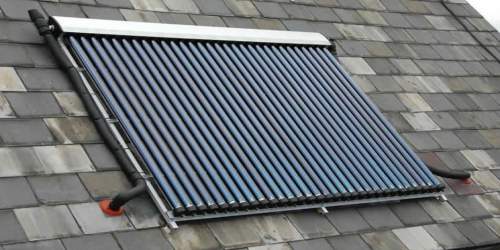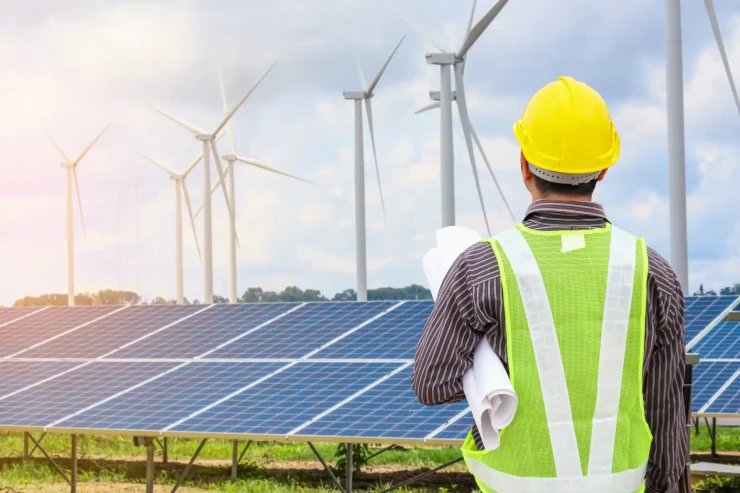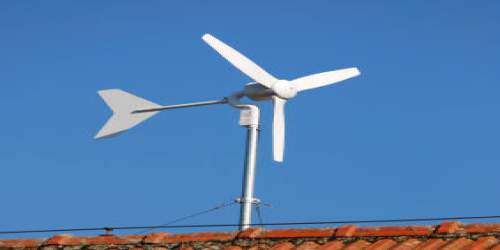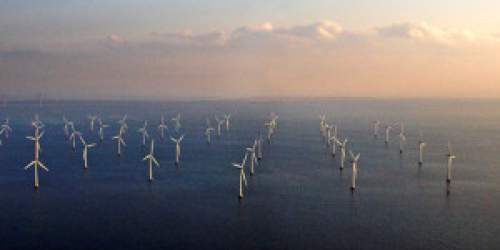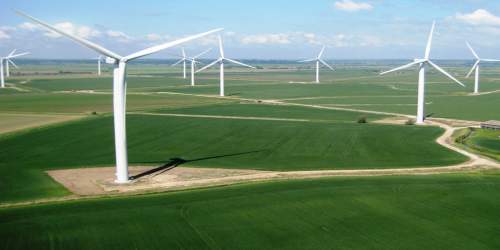When it comes to thinking out of the box and implementing extravagant and world changing renewable initiatives, the Nordic countries seem to be in a league of their own. Sweden has been at the forefront of using green technologies such as district heating and now they are proving how they can bring style and innovation to the biomass industry.
The Scandinavian town of Uppsala is the proposed site for a light transparent biomass power station that is will be in the shape of a futuristic geodesic dome. It’s the brain child of the Bjarke Ingels Group who have an international portfolio and have already innovated by combining a ski slope with an incinerator plant in the capital Copenhagen.
The plan for the Uppsala dome project is to provide an energy producing plant that complements the old town architecture. With solar panels that change colour on each of the dome’s facets it’s hoped the biomass plant will also double as a tourist attraction when it is closed down in the summer.
BIG are an award winning team of designers, architects and builders based in Copenhagen and New York, building innovative solutions for urban environments. They are typical of Swedish design companies that are working to bring out of the box thinking to our use of renewable energies in modern constructions.
Why the UK lags behind in biomass
Whilst in Sweden biomass is explored as a viable and valuable source of renewable power, in UK the reception has been a little cooler. Three large scale commercial projects were given the go ahead last year, two converting existing coal power stations to biomass. The issue is that the UK government tends to see biomass as a transitional technology rather than something that could provide a significant part of the UK’s energy needs.
Other objections to developing large scale biomass operations are that it has a significant impact on the environment with the amount of wood that needs to be supplied (90% from outside the UK) and the eventual cost to our overall carbon reduction targets.
The solution may be in the way that BIG has introduced innovation into the Uppsala design. The dome construction is designed to have a dual function, working as a biomass plant during the winter months but shut down and used as a greenhouse in the summer providing a chance to turn it into a tourist attraction and place of education. The solar panels on the surface of the dome change colour depending on the amount of sun that is falling on them, ranging from red (hot) to blue (cold).
Sweden and renewables
Compared to many other countries in the world, Sweden has a significantly higher proportion of renewable energy production and has lead the way in areas such as district heating and creating a sustainable future for the region. Their commitment grew out of the oil crisis of the 1970s which led to the political decision to make Sweden as energy independent as possible, utilising renewable technologies such as wind, solar and biomass.
In 1970 Sweden was highly dependent on oil, the fossil fuel accounting for 75% of the country’s energy supply. By 2012 this had been reduced to a little over 20%. The interesting thing is that Sweden consumes a lot more energy than other countries in Europe but has some of the lowest carbon emissions. Over two thirds of their electricity is produced through nuclear and hydroelectric with around 10% coming from CHP power plants like the one planned for Uppsala.
Sweden’s commitment to biomass might be because it has a large area of forest compared to other countries that means it gets approximately 85% of its bioenergy from home grown wood. In the UK this is the major problem as the large amount of wood biomass that would be need for industrial scale plants has to be imported from other countries.
Another interesting thing to note in Sweden’s power market is the amount of choice available for consumers. Whilst many in the UK complain about the monopoly of the ‘Big Six’, Sweden’s consumers have the choice of around 130 different suppliers that helps keep prices down. Legislation has also been introduced to encourage industry to improve its energy efficiency with generous tax breaks. And for domestic premises each of the 290 municipal regions has its own energy advisor to whom people can turn for advice on how to improve their efficiency.
For those wondering whether we should be moving more quickly towards a renewable future, Sweden is hoping to have 50% of their energy supplied by renewable sources by as early as 2020. That target is significantly ahead of their European counterparts including the UK.




